

- Contact Us
- Search
-
Mayflower400 partner destinations:
7 things you didn't know about Dorking
May 14, 2020
The market town of Dorking in Surrey has on its doorstep rolling hills, quirky and independent shops, and wonderful restaurants and cafes - all of which offer visitors a quintessentially English experience.
Dorking is an easy get-away, with easy access from the M25, Guildford, London Heathrow and Gatwick, and an easy train ride from London by train (and with three train stations).
It is renowned for its independent spirit and heritage – just visit the Dorking Museum, noted by BBC Surrey as one of their ‘Things to Do’ in Surrey.
Dorking also has proud links to the Mayflower story, which are still evident today on a stroll around this stunning Surrey town.
Here are seven things you may or may not know about Dorking...
1) Dorking was home to SIX Mayflower passengers
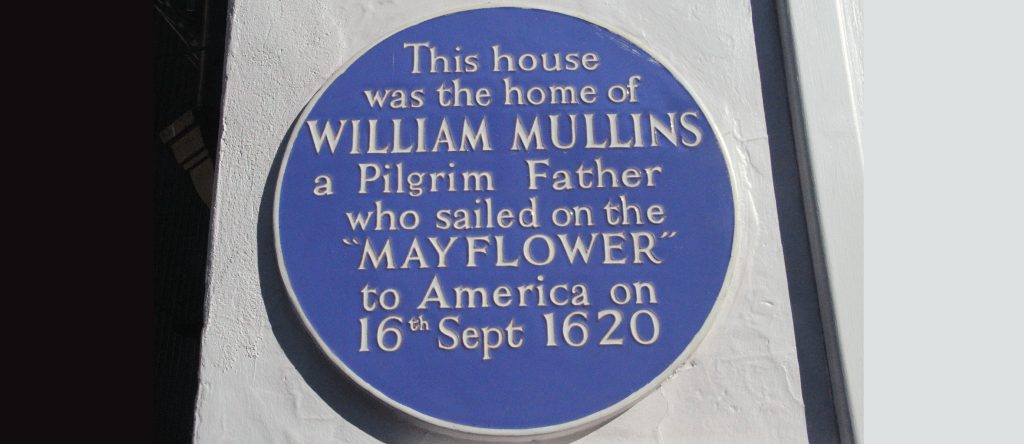
William Mullins is said to have been born in 1572 to John and Joan (Bridger) Mullins of Dorking. It appears Mullins made a good living as a shoemaker, as his was one of the larger investments in the Merchant Adventurers which invested in the Mayflower voyage from the very start.
Mullins boarded the Mayflower with his wife, Alice; daughter, Priscilla, and son, Joseph, aged 17 and 15 respectively - together with the family's servant, Robert Carter, and a family friend named Peter Browne. His two grown-up children, Sarah and William, remained behind in England.
Sadly, William died on 21 February, 1621, just three months after landing in America. Alice, Joseph, and Robert Carter all passed away just a few months later, leaving Priscilla as the only surviving member of the Mullins family.
The Mullins family is buried at Cole's Hill Burial Ground in Plymouth, Massachusetts, where a sarcophagus is situated as a memorial to those who died during the first winter in Plymouth Colony.
2) Dorking is proud of its links to the Mullins family
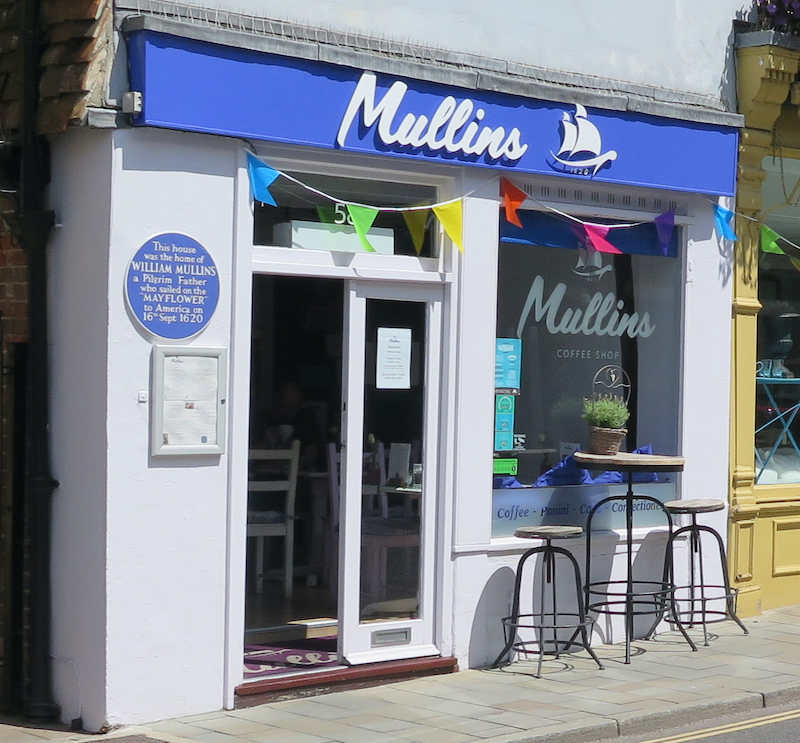
The Mullins’ house on West Street, near to Dorking Museum, is thought to be the only surviving home of a Pilgrim Father. This impressive building dates from between 1568 and 1610.
Records show that William Mullins bought it with a mortgage in 1612, and then sold it in 1619 - the year before the Mayflower set sail. The life of its owner, William Mullins, is celebrated by a blue plaque on the front of the building.
Today, you can take a guided 90-minute walking tour of Dorking and find out more about the Mullins family and the other passengers who hailed from the town.
Dorking Museum also has an exhibition where you can learn more about the Mullins family, and Mullins even has a coffee shop in Dorking named after him!
3) Priscilla Mullins was part of the Mayflower’s most famous love story
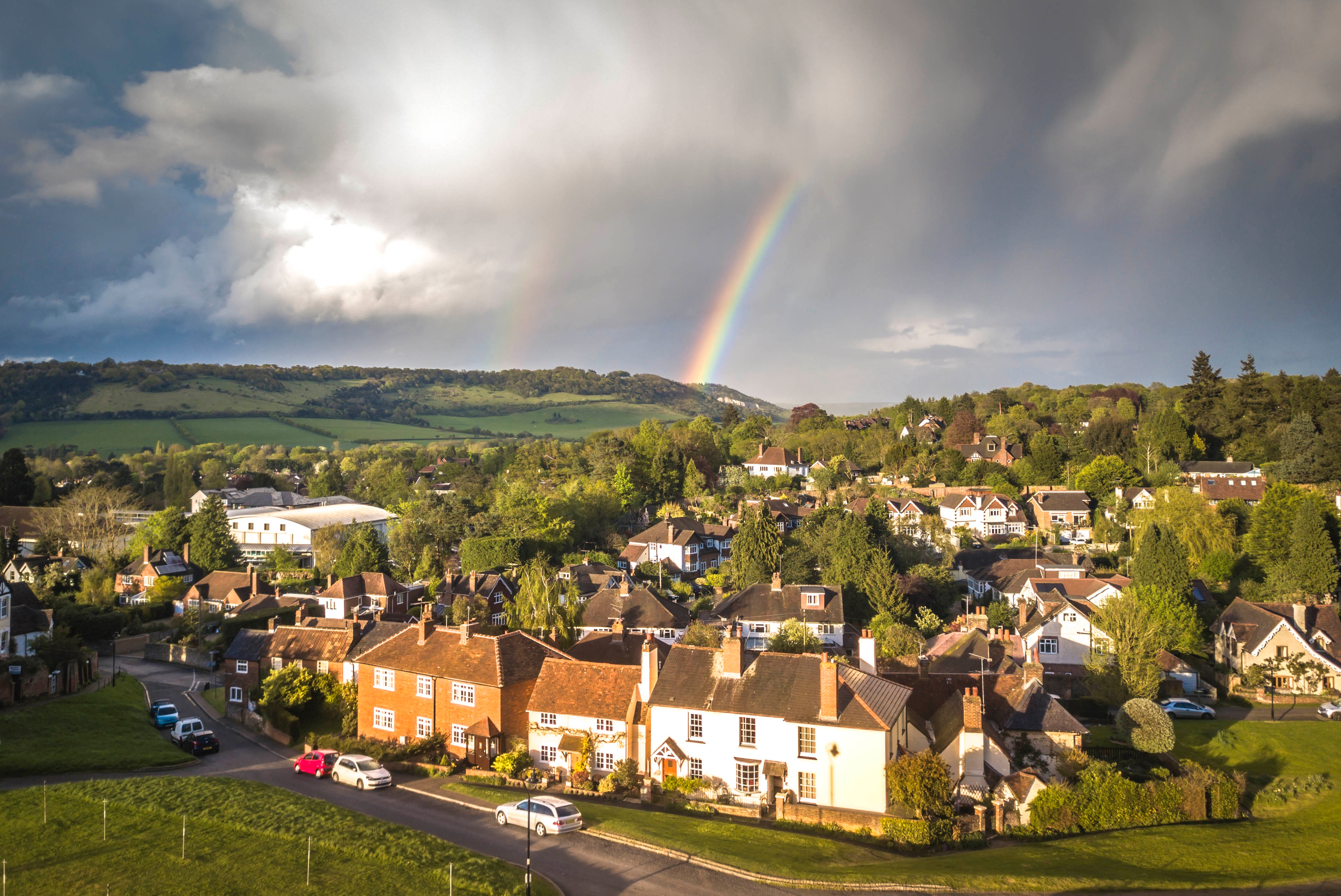
Millions of people can trace their ancestry back to the love story of two passengers on the Mayflower - and theirs is a heart-warming story of love, courage and legacy.
In 1622, Priscilla, the only surviving member of the Dorking party, married John Alden, a cooper from Harwich in Essex – but only after Priscilla had caught the eye of another passenger, Myles Standish.
But although Standish was fearless in battle, he was too shy to talk directly to Mullins, which paved the way for Alden and Mullins to be together.
Their love was immortalised in an 1858 bestselling poem by Henry Wadsworth Longfellow - a direct descendant of John and Priscilla - titled ‘The Courtship of Myles Standish’.
4) At least three US Presidents are descended from the Mullins
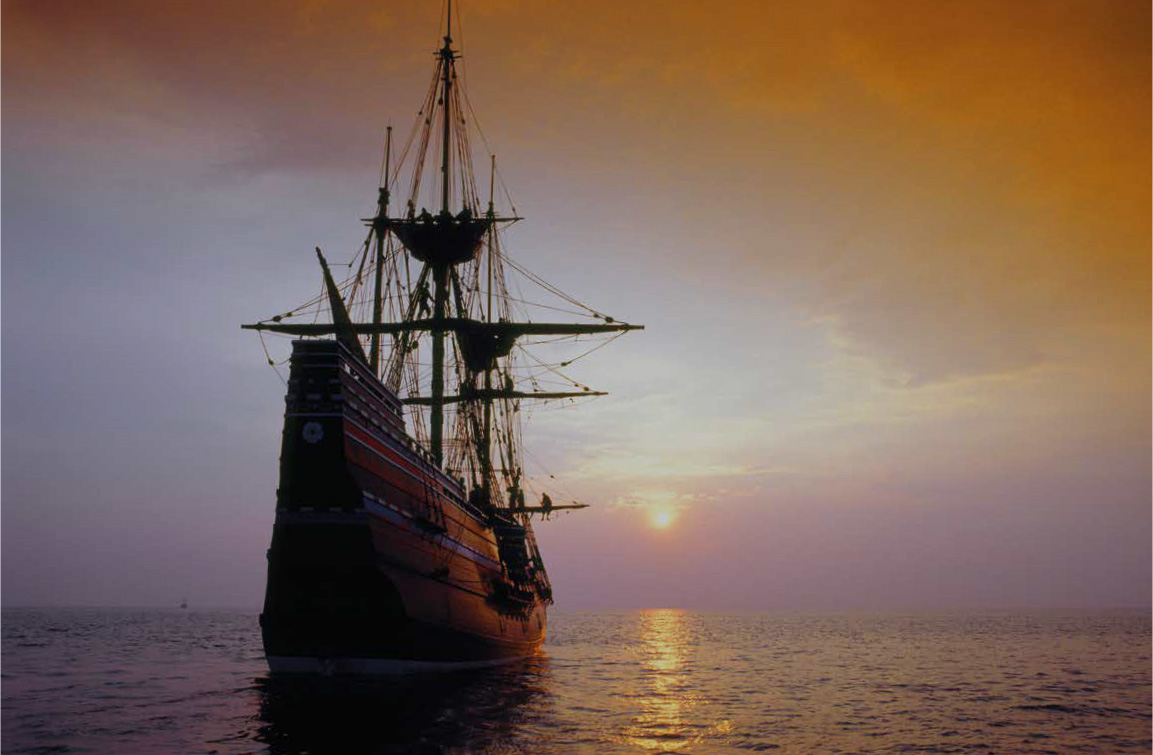
After marrying, Priscilla Mullins and John Alden went on to have 10 children - many of whom made it to adult age.
John Adams, John Quincy Adams and Calvin Coolidge are among those who can trace their roots to the couple.
Other notable names who all are descended from the couple include actor Dick Van Dyke, actress Marilyn Monroe, director Orson Wells, and Marie-Chantal Miller, the crown Princess of Greece and Princess of Denmark.
In fact, of all the Mayflower families, the Mullins / Aldens are thought to have the greatest number of descendants living today.
5) Dorking Museum has a permanent Mayflower display
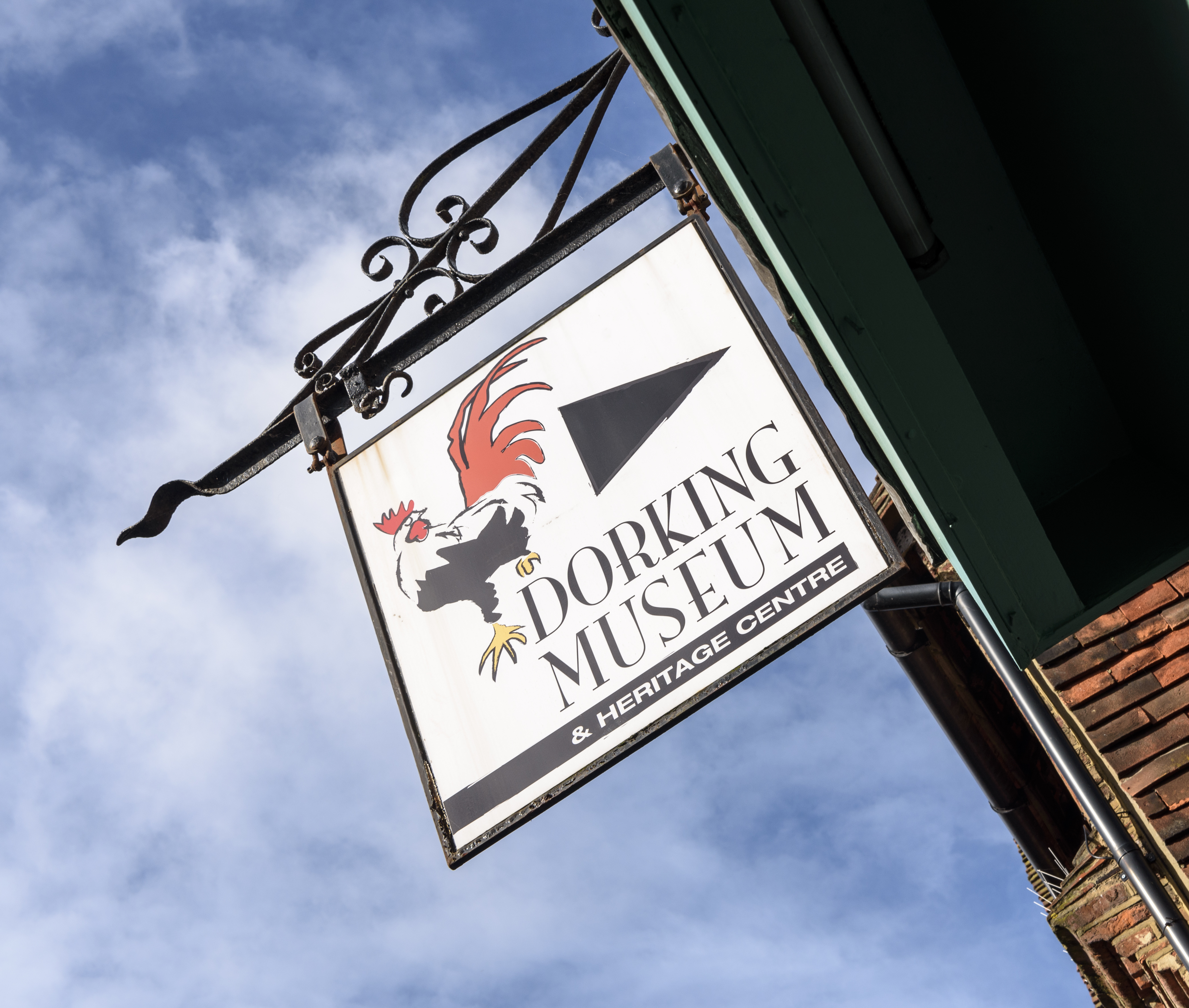
Delve into Dorking’s past with exhibitions, events, archives and activities at Dorking Museum, including a permanent display linked to the Mayflower and William Mullins.
You can even head underground for a tour of Dorking’s caves to discover what this unique subterranean network of chambers was used for.
Dorking Museum reopened in October 2012, after the building had been closed for three years to allow for a much-needed facelift.
For visitors, the Museum’s nearest railway station is Dorking West, with services from Reading, Gatwick Airport and Redhill. Dorking Station is 20 minutes’ walk with services from Waterloo and Victoria
6) You can follow in the Pilgrims’ footsteps
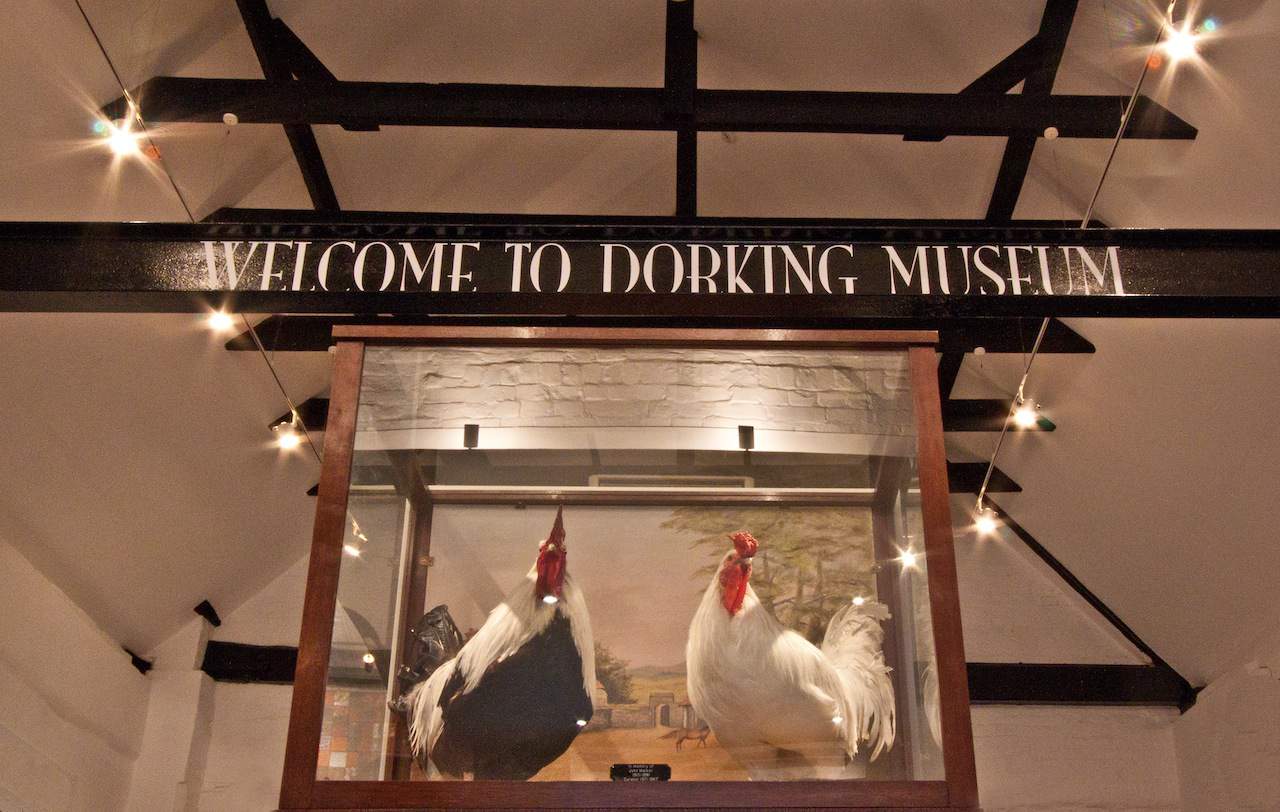
A special tour titled ‘Dorking in the time of the Mullins family’ allows you to go back to the time of William Mullins and Peter Browne, showcasing buildings they would have known, inns they would have frequented and open spaces where they would have spent their leisure time.
Browne’s brother, John, (also a weaver), followed him on a later boat and settled in the colony, taking charge of his nieces when their parents died. William Mullins’ older son, William Jr (who had remained in England in 1620), followed his family out to the colony 15 years later, accompanied by his daughter, Sarah.
‘Darking’, as Dorking was known in the early years of the 17th century, was a thriving market town with a population of about 1,400 inhabitants.
The highlight of the walking tour is the Mullins' house on West Street which, as already mentioned, is the only home of a ‘Pilgrim’ known to have survived into the 21st century.
7) … and learn more about them
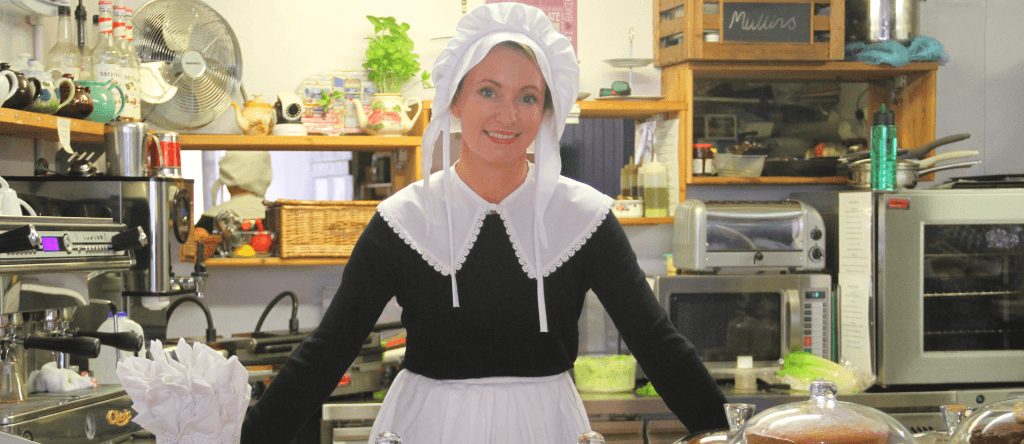
Dorking hosted a number of fantastic events and activities during the Mayflower 400 commemoration year.
Find out more about Dorking’s Mayflower programme here.
Sign up for the latest Mayflower 400 news
You'll be the first to hear the latest Mayflower news, events, and more.
Log In
Register
Mayflower 400 Proudly Supported by our National Sponsors and Funding Partners






